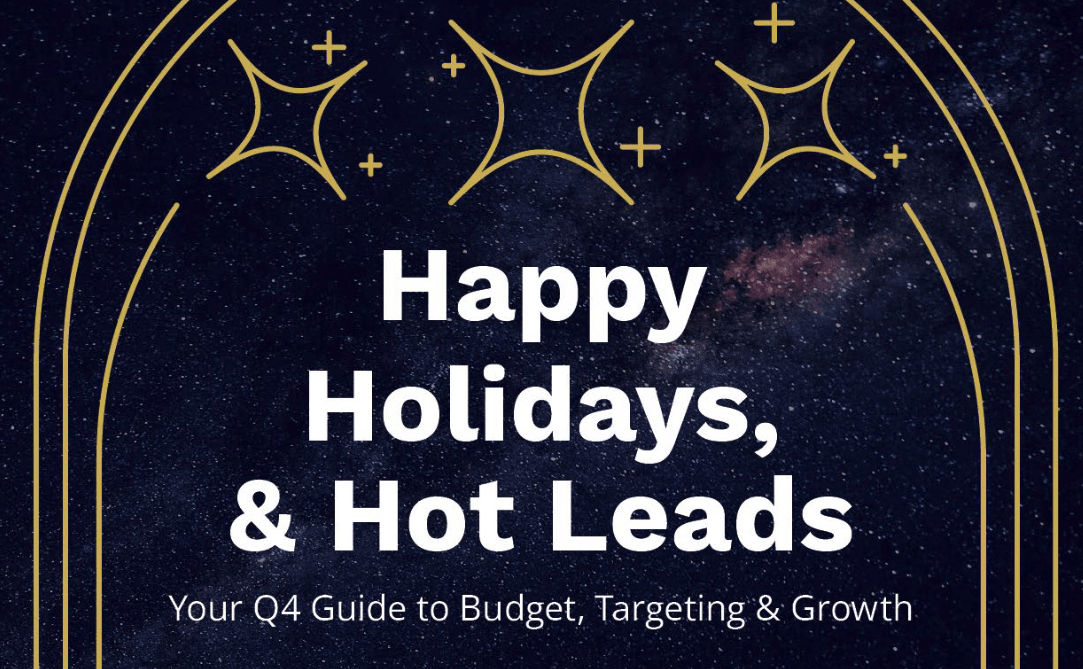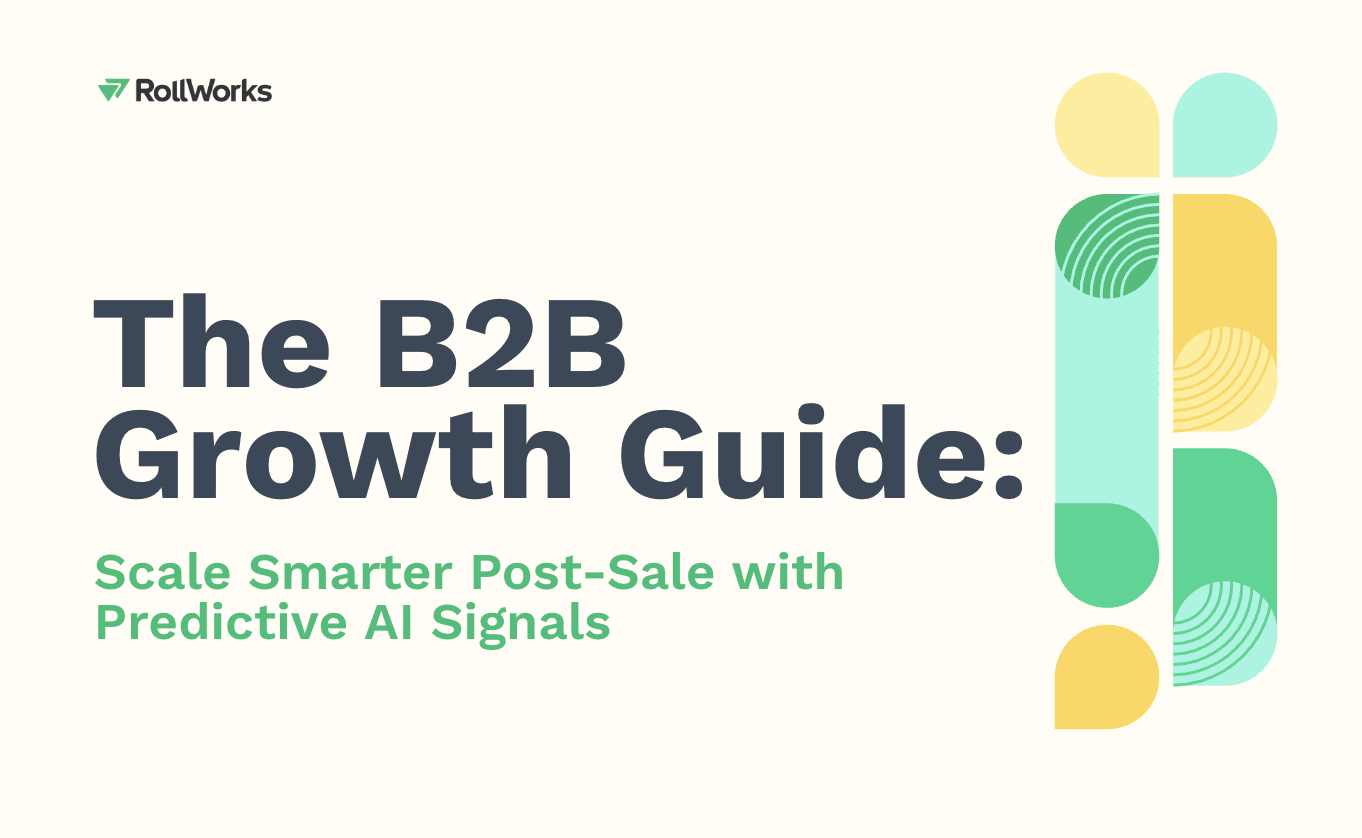Modern advertising should yield more opportunity than ever—more platforms, more ways to segment data, more creative mediums—innumerable permutations all to compel customers into action with intentional timing, messaging, and offers.
And yet:
-
Marketers conservatively estimate that 26% of their ad spend is wasted on poor strategy and channels.
-
91% of consumers believe that ads are more intrusive today compared to two to three years ago.
-
79% of consumers said that brands have to demonstrate that they understand and care about them before considering a purchase.
Marketers, we aren’t cutting it.
It’s because the increase in opportunity comes with an equal number of complications. More platforms requiring catered content, more consumer touch points requiring greater intentionality, more data requiring fancier attribution—it’s overwhelming.
We decided to take a step back and tackle the most critical mistakes marketers make that, when avoided, will open a door for efficient and effective advertising campaigns; and most importantly, campaigns that will prove to consumers that you truly understand and care about them.
Mistake #1: Non-Intentional Buyer Journeys
Let’s start with semantics—we’ll be using the term “buyer journey” instead of “funnel.” While they’re considered the same thing, “funnel” can steer marketers into believing the weight of gravity will automatically suck buyers down a very specific path we have chosen for them. The truth is that consumers take long and complicated journeys before actually transacting. The paths certainly aren’t linear and they usually don’t involve gravity.
That said, our job as marketers is to act as guides on their journeys, helping them chart the next course in their individual paths. Specifically, here’s where we go wrong in our buyer journeys:
-
Demo requests out of the gate. People don’t perform demos or request sales calls with companies they haven’t heard of, haven’t researched, or haven’t thoroughly vetted. OK, so that’s not quite true—unqualified leads might fill out demo requests without warming up. But if you’re pushing for demos too quickly, you can plan on an uncomfortable call with your sales team about a serious lack of quality in your leads.
-
Underestimated number of touchpoints. Marketers aren’t only pushing too quickly at the end of the buyer journey (or bottom of the funnel). It usually takes more time and touchpoints to get a consumer from “Awareness” to “Consideration” than it takes to get them from “Consideration” the “Decision.” But you wouldn’t think this considering how few touchpoints marketers execute at the beginning of the buyer journey. Account-Based Marketing best practices recommend having somewhere between 7-10 distinct touchpoints mapped out.
-
Underestimated diversity of touchpoints. Marketers tend to get so channel-centric that they can fool themselves into thinking the entire buyer journey could take in one or two places, say between Google and the website. That’s just not how humans work. Consumers are typically fluctuating between 4-8 channels on a daily basis! As you assess your buyer journey touchpoints, ensure you’re not putting too many eggs in too few baskets.
-
Gates, gates, gates. Imagine you have a gate for every single touchpoint a user must go through—there’s no way they’ll fill out the form each time. That’d be silly, right? Yet, most marketers aren’t preventing this from happening. Remember, the funnel isn’t linear and marketers can’t force users on a specific path—every time you choose to gate a piece of content, you’re adding potential friction. Plan accordingly and gate sparingly. (Now might be a great time to rifle through your gated assets and set them loose to the world.)
You can see why we prefer the term “buyer journey.” Where controllable “funnels” may have worked 10 years ago, customers are more independent than ever. The right tools can help us meet customers in the right place at the right time (ahem, RollWorks), we’ve just got to map the full journey and plug the right content in.
Mistake #2: Feature-Centric Instead of Benefit-Centric
When Steve Jobs unveiled the first iPod back in 2001, it wasn’t the best portable music device on the market from a specs perspective. But he and Apple advertised it differently than anyone else, with the slogan “1,000 songs in your pocket.” Nobody cared about the iPod’s features (its storage capacity, its processing speed, etc.), they cared about what they could do with it and what it could do for them.
Focusing on benefit-centric messaging will force you to write and design using the voice of the customer, addressing the needs of the customer.
Here are three examples of replacing feature-centric messaging with benefit-centric messaging:
Example #1
Example #2
Example #3
Where possible, keep each of your ads focused on one, singular benefit that matters most to the users you’re targeting, at the stage of their buyer journey you’re targeting.
Mistake #3: Leading-Indicator Measurement
Many marketers are missing the forest for the trees when it comes to reporting—and it’s no wonder when every platform reports dozens of metrics, often with conflicting data.
Let’s talk about leading and lagging indicators:
-
Leading indicators are metrics used to predict future performance. For a marketer managing ad campaigns, leading indicators could include cost-per-click, # of impressions, reach, clicks, page visits, time on page, bounce rates, and the list goes on.
-
Lagging indicators are metrics used to measure past performance. These are more cut and dry: leads generated, revenue retained, revenue generated, etc.
The hard truth? Leadership won’t care too much about your leading indicators. Should they understand that marketing campaigns take time and a lot of testing? Absolutely. But at the end of the day, nothing should matter more than the data found in your sales CRM—the data closest to revenue.
For example, if we only looked at ad platforms, maybe Google has a lower cost-per-lead (CPL) than RollWorks. However, if we look at the CRM data as well, we might see that while the CPL is lower for Google, the cost-per-customer is lower for RollWorks.
Make sure you’re evaluating your leading indicators through the lens of the most important lagging indicators. At the end of the day, we need to optimize for customers in a personalized way, not just optimizing for leads. Ensure you’re looking at CRM data, speaking with customers, and syncing with the sales team regularly.
Mistakes Managed
Do we have more and better tools than ever to help us reach our customers? Yes. Is it more complicated (sometimes overwhelming) than it’s ever been? Also yes. But it’s time we showed our customers we truly care and want to understand them, and do it in a way that raises our bottom lines.
A deeper focus on intentional buyer journeys, benefit-centric messaging, and lagging indicator measurement will ensure efficient and effective growth.
About the Author
Follow on Linkedin More Content by Haley Riemenschneider, Head of Advertising at 97th Floor




























